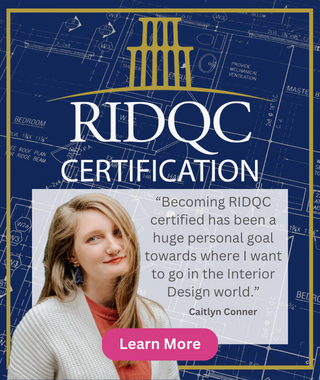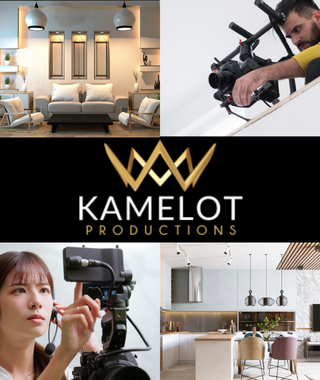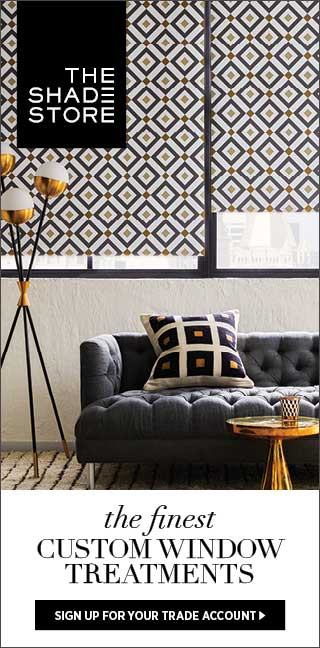Notes from Natasha
 Happy New Year! Don't you just love a fresh start, a new beginning, a clean slate? This year can be whatever you want it to be, so set your goals and go for it! One idea might be to learn something new to offer your clients - Feng Shui ReDesign.
Happy New Year! Don't you just love a fresh start, a new beginning, a clean slate? This year can be whatever you want it to be, so set your goals and go for it! One idea might be to learn something new to offer your clients - Feng Shui ReDesign.
The School of Graceful Lifestyles (TM) is offering a five day certificate course in Feng Shui ReDesign especially for members of Designer Society of America. This program uniquely integrates the principles of Feng Shui and green design with interior decorating and home staging.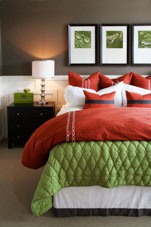 Your new Feng Shui design skills will add confidence and generate additional revenue streams for your business. This program is ideal for the Feng Shui professional and interior designers looking to enhance their business. The program will provide the tools to enhance and support a new career opportunity in the interior decorating industry. Realtors can benefit by introducing the home staging tips to their clients. Simply use the basic Feng Shui intentional designs and decorating skills acquired in this course to craft a sophisticated and elegant home for your clients.
Your new Feng Shui design skills will add confidence and generate additional revenue streams for your business. This program is ideal for the Feng Shui professional and interior designers looking to enhance their business. The program will provide the tools to enhance and support a new career opportunity in the interior decorating industry. Realtors can benefit by introducing the home staging tips to their clients. Simply use the basic Feng Shui intentional designs and decorating skills acquired in this course to craft a sophisticated and elegant home for your clients.
Patterned after the many popular makeover classes, you will be taught how to blend what's already in the space with new design elements. The focus is on maximum impact with minimum cost. Incorporated in this five day program is a template that can be used again and again. Acquire basic skills such as palette selection, floor plan designs, furniture styles, vendor alliances, portfolio assembly and successful business procedures.
This course differs from other designing and decorating programs in that Graceful Lifestyles looks beyond the surface, decorating into the very soul of the space. Feng Shui ReDesign addresses the harmony and balance unique to each dwelling, as it supports the person/place connection. You will create sacred spaces.
 Included in Tuition:
Included in Tuition:
• Student binders containing all PowerPoint slides, as well as original handouts and article reprints
• Fun afternoon snacks
• Free listing as a Certified Consultant on our website
You will be certified as a Graceful Lifestylesâ„¢ Consultant upon completion of this five day program. Special DSA member tuition rates available during the month of January. This early bird gift for sign up will save you $300!
Hotel is not included. Special rates are available with early sign up.
This is a once in a lifetime opportunity. And it gets even better! For all you snowbirds, the certification class will be held in sunny Orlando, Florida, March 24-29. To register, call (321) 939-2774 or click here for more information.
Limited seats available so don't delay!
Natasha Lima Younts
Founder
Designer Society of America


 Do you believe that different colors, when used in interior design, have effects on us of which we are sometimes unaware?
Do you believe that different colors, when used in interior design, have effects on us of which we are sometimes unaware? In consideration of residences, the psychology of color for interior design is used to determine which colors to use, depending on the homeowner's needs and objectives. For instance, a person who wants his bedroom to become a sort of haven or refuge after a hard day's work would appreciate cool and calming colors such as celadon or sky blue.
In consideration of residences, the psychology of color for interior design is used to determine which colors to use, depending on the homeowner's needs and objectives. For instance, a person who wants his bedroom to become a sort of haven or refuge after a hard day's work would appreciate cool and calming colors such as celadon or sky blue.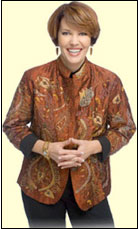 Too often the difference between and success and failure is simply in the asking. You neglect to ask for the raise, you fail to ask for the sale, you forget to ask for referrals. It is all about asking, both in business and in life. There are five ways to Ask Your Way to Success:
Too often the difference between and success and failure is simply in the asking. You neglect to ask for the raise, you fail to ask for the sale, you forget to ask for referrals. It is all about asking, both in business and in life. There are five ways to Ask Your Way to Success: Way too many people neglect asking their customers and clients for testimonials or rave reviews. Are you one who neglects this too? It is easy. When you have completed delivery or an installation simply invite them to write a short note on a card you provide and be sure you have their permission to quote them. If you wait until a later date, this becomes much more challenging as they are no longer in the moment and feeling the elation and immediate benefit of the service or product provided.
Way too many people neglect asking their customers and clients for testimonials or rave reviews. Are you one who neglects this too? It is easy. When you have completed delivery or an installation simply invite them to write a short note on a card you provide and be sure you have their permission to quote them. If you wait until a later date, this becomes much more challenging as they are no longer in the moment and feeling the elation and immediate benefit of the service or product provided. Our simple goals for education could include committing to engaging in one sustainability related educational experience each quarter such as reading a book or article, attending a seminar or conference, participating in a webinar, attending a U.S. Green Building Council meeting or sharing our knowledge with others.
Our simple goals for education could include committing to engaging in one sustainability related educational experience each quarter such as reading a book or article, attending a seminar or conference, participating in a webinar, attending a U.S. Green Building Council meeting or sharing our knowledge with others. Interior designers who have already embraced sustainability can focus on education and implementation as well to boost their resolve and continue their professional growth. Maybe education would include a more in depth comparison between products or a lifecycle thinking approach to materials assessment rather than a single attribute approach. Understanding the embodied energy and toxicity of materials are two good places to begin when expanding an analysis. Implementation could include weaving sustainability into our practices on a regular basis, making it business as usual.
Interior designers who have already embraced sustainability can focus on education and implementation as well to boost their resolve and continue their professional growth. Maybe education would include a more in depth comparison between products or a lifecycle thinking approach to materials assessment rather than a single attribute approach. Understanding the embodied energy and toxicity of materials are two good places to begin when expanding an analysis. Implementation could include weaving sustainability into our practices on a regular basis, making it business as usual. What does this mean to you? I believe that you are in the same position working with your clients. Clients talk but they often don't reveal anything. It is critical for you to give them permission to open up and share their true thoughts with you. This "permission" is granted when you make suggestions about the true nature of their needs.
What does this mean to you? I believe that you are in the same position working with your clients. Clients talk but they often don't reveal anything. It is critical for you to give them permission to open up and share their true thoughts with you. This "permission" is granted when you make suggestions about the true nature of their needs.
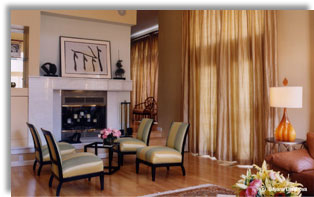 There is no secret to design, says Gericke. "It is not about buying furniture or even creating a 'look'. It is about reflecting your personality and how you live." Gericke reminds her clients that she designs for them, not for herself. "My job is to help you create a living space that makes you feel good and reflects who you are as a person, not me as a designer."
There is no secret to design, says Gericke. "It is not about buying furniture or even creating a 'look'. It is about reflecting your personality and how you live." Gericke reminds her clients that she designs for them, not for herself. "My job is to help you create a living space that makes you feel good and reflects who you are as a person, not me as a designer."
